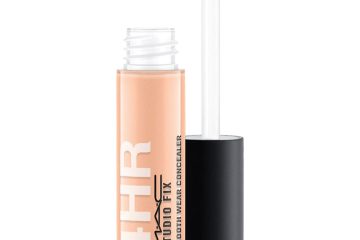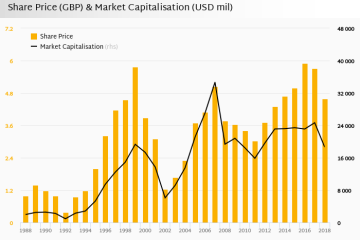The Rise of Supreme: A Streetwear Revolution
Introduction
Established in 1994, Supreme has transcended its origins as a skateboarding shop in New York City to become a global cultural icon. Its unique blend of streetwear, art, and music has resonated with youth culture worldwide. The influence of Supreme extends beyond fashion, impacting events, collaborations, and even the art market. In an era increasingly dominated by fast fashion, understanding Supreme’s significance is paramount for both industry insiders and fashion enthusiasts alike.
The Evolution of Supreme
Supreme was founded by James Jebbia, who recognised a niche market for skateboarding apparel and accessories. The brand’s logo, a simple red box with white text, quickly became emblematic of a lifestyle rather than just a label. Over the years, Supreme has collaborated with high-profile artists, designers, and brands, including Louis Vuitton, Nike, and even the likes of Jeff Koons. These collaborations maintain the brand’s exclusivity and prestige while remaining firmly rooted in urban culture.
Recent Developments
As of 2023, Supreme continues to cement its status within the streetwear community with innovative designs and strategic collaborations. In March, the brand launched its latest collection, which features a mix of vintage-inspired pieces and contemporary streetwear essentials, drawing significant attention online. The drop was met with immediate sell-outs, a testament to the loyalty and fervour of its fanbase.
In addition to fashion, Supreme has also made waves with its foray into art and culture. The recent Supreme-sponsored art exhibit in New York featured works from emerging artists, showcasing the brand’s commitment to fostering creativity. This crossover between fashion and art not only solidifies Supreme’s cultural relevance but also aligns with a growing trend among luxury brands.
Conclusion
Supreme is more than just a streetwear brand; it is a cultural phenomenon that continues to shape societal norms and trends. The brand’s ability to fuse art, music, and fashion has allowed it to thrive in an ever-evolving industry. As Supreme approaches its 30th anniversary, industry observers predict that it will continue to influence the fashion landscape, particularly as it adapts to shifts in consumer behaviour and the increasing demand for sustainability within the world of fashion.
For readers who are passionate about fashion, keeping an eye on Supreme’s future will provide insights into the dynamic interplay between culture, commerce, and creativity.








